Data from over 300,000 participants has revealed a potential genetic link between depression and cardiovascular disease in women.


Data from over 300,000 participants has revealed a potential genetic link between depression and cardiovascular disease in women.
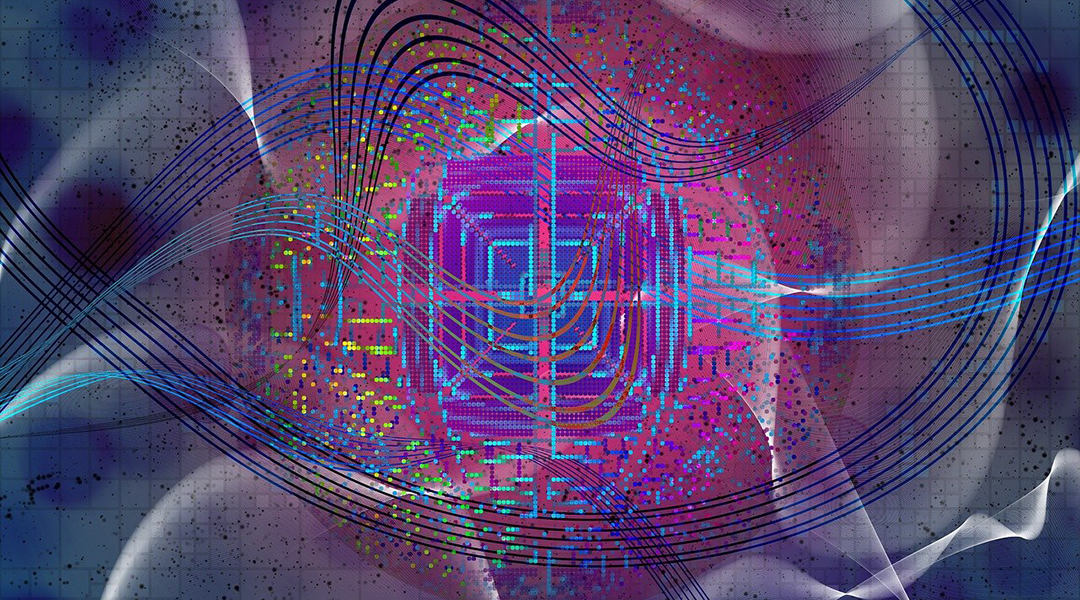
An antenna designed to create an optimized magnetic field puts electrons into the required quantum states for quantum sensing devices.
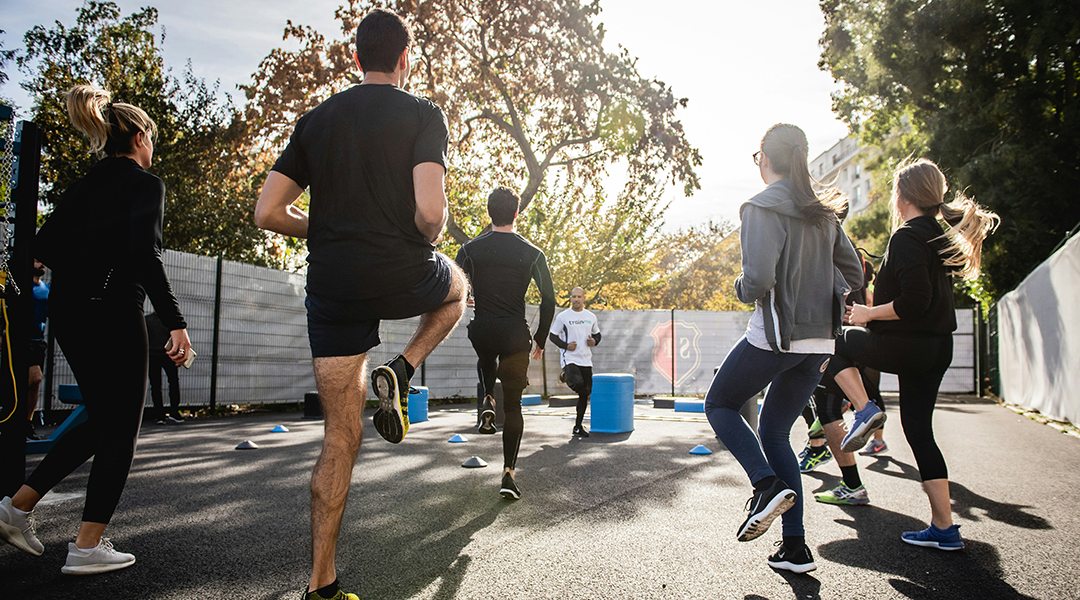
Study shows that starting exercise early helps condition cells to preserve motor neurons before age-related loss.
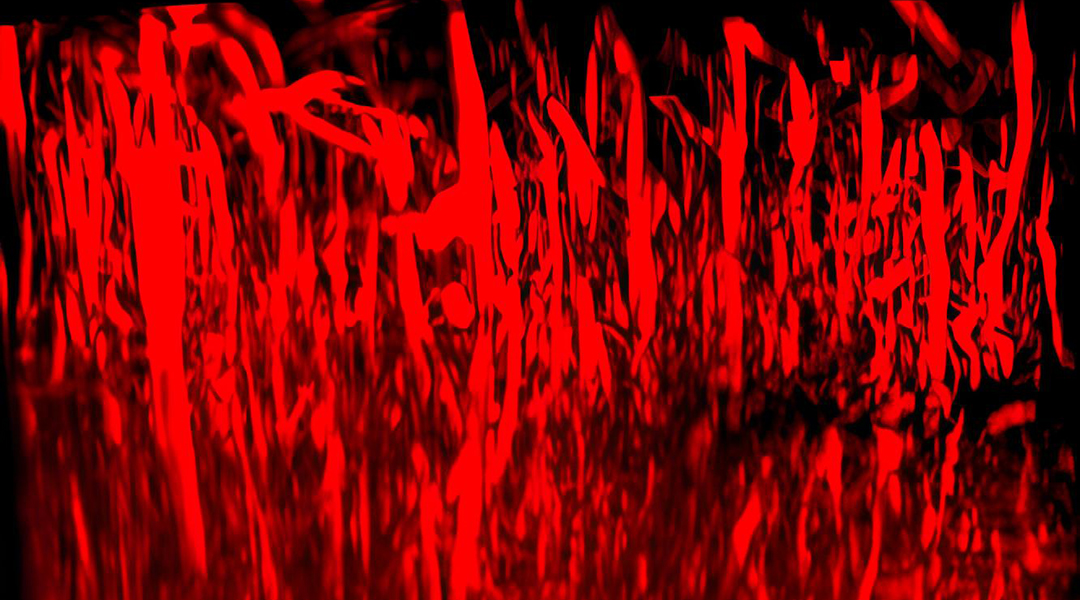
A hydrogel delivers therapeutic molecules to the brain after a stroke, promoting blood vessel regrowth and aiding recovery.

People all over the world touch their faces up to 800 times per day—researchers wanted to know why.
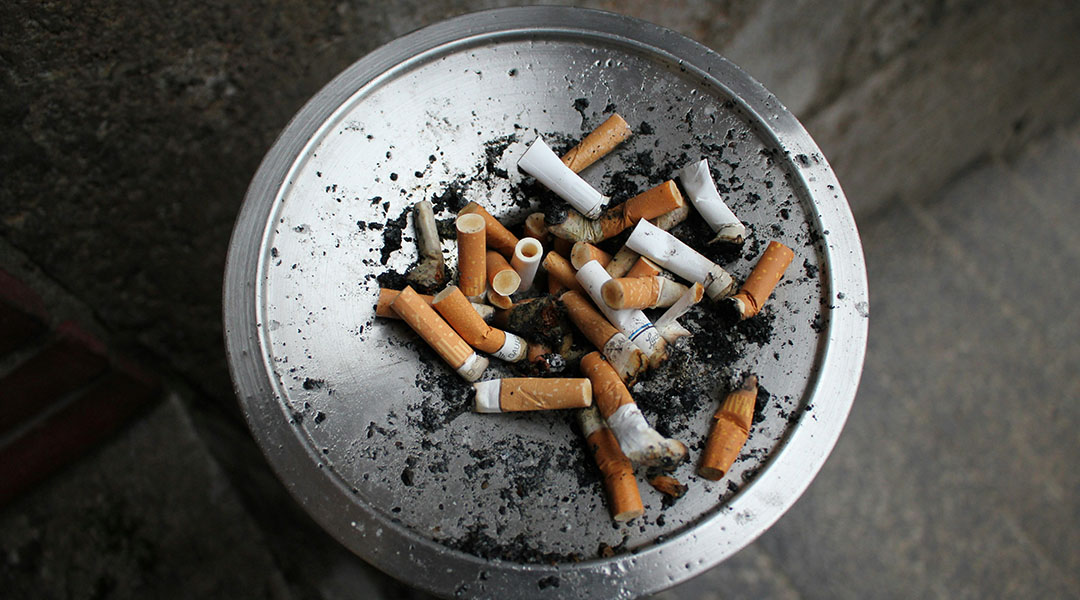
Researchers discover that a Parkinson’s drug, procyclidine, can reduce physical nicotine withdrawal symptoms, such as tremors and immobility.
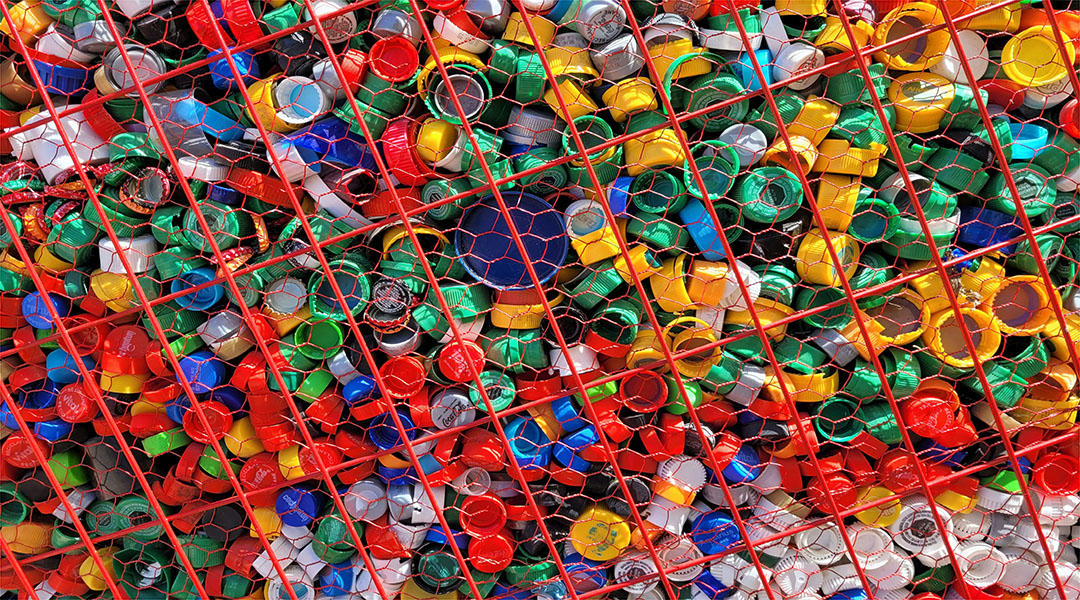
A common bacteria found growing on plastic in urban wastewater could provide new bioengineering solutions to clean up plastic waste.
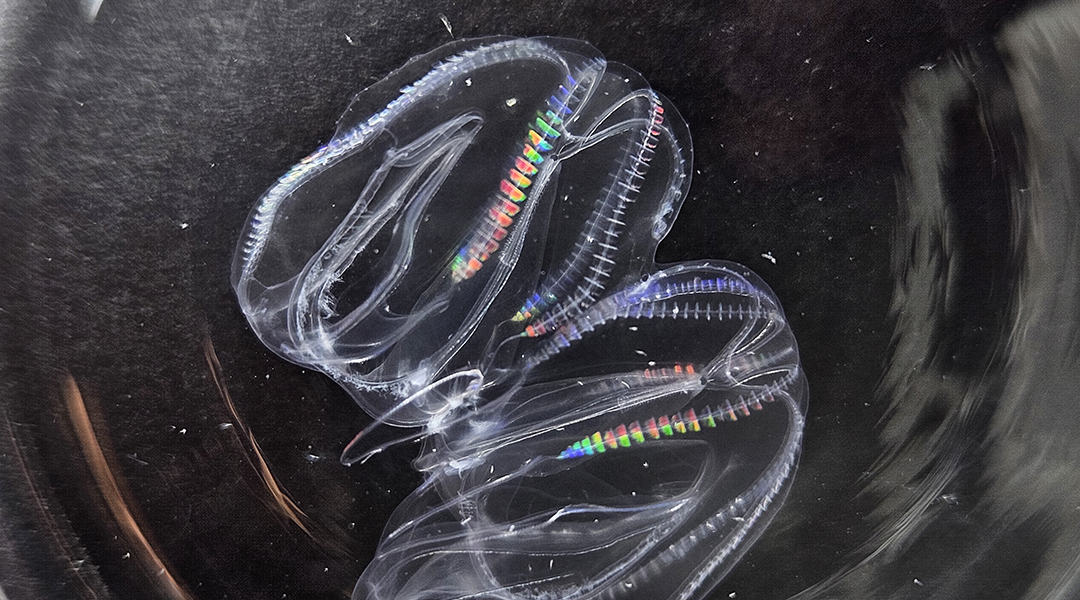
Two individual comb jellies can fuse into a single organism, providing an incredible feat of regeneration rarely seen in the animal world.
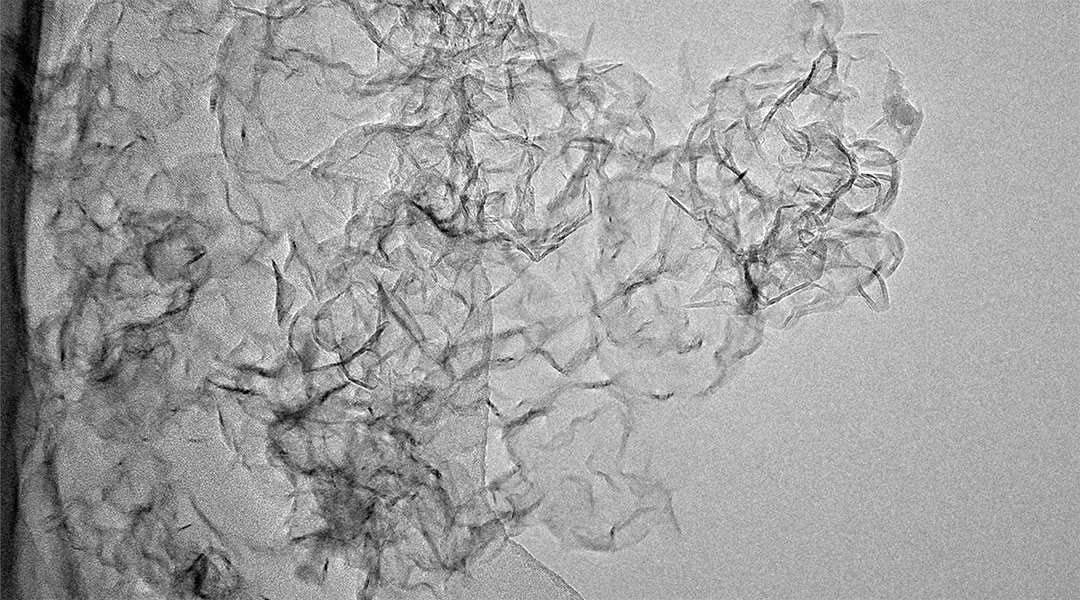
Scientists convert harmful microplastics into valuable graphene using plasma, offering a promising solution for this type of pollution.
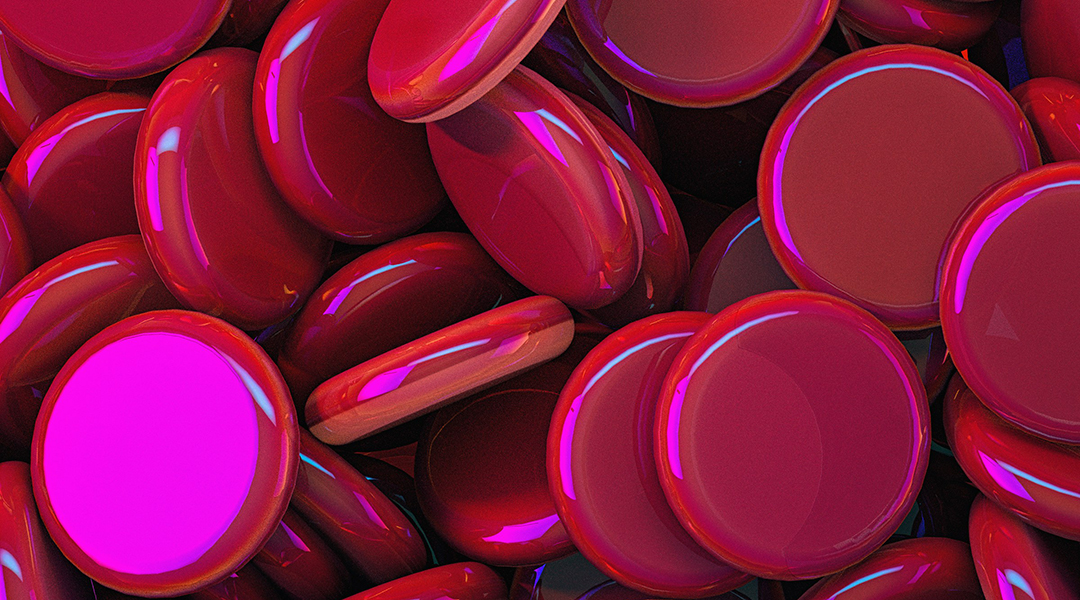
Understanding the placebo effect could lead to pain management therapies that are more effective than opioids without causing addiction.